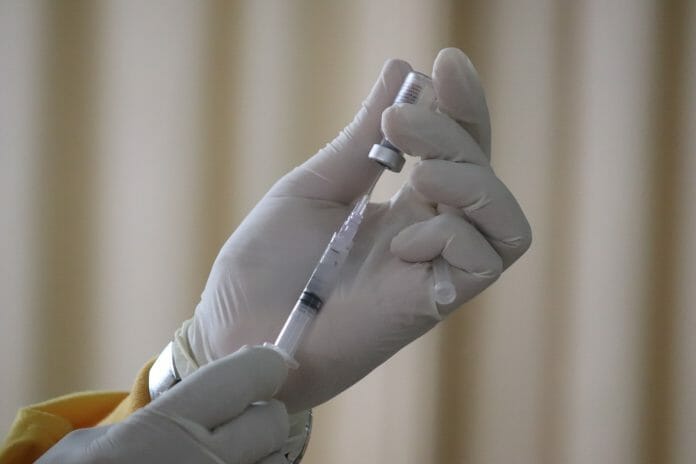RHB Research (RHB) recently organised their inaugural Healthcare Sectoral Sharing session in collaboration with Bursa Malaysia on 26 Jul. Key takeaways from the session include the importance of private public partnership (PPP) in the healthcare system, opportunities, challenges, and digital transformation in the health tourism (HT) sector, and discussions on the post-pandemic industry landscape.
“Our sector rating is underpinned by structural inelastic demand, which offers earnings resilience going forward,” said RHB in the recent Malaysia Sector Update Report, maintaining Overweight on the sector.
Malaysia Healthcare Travel Council’s (MHTC) senior manager of corporate strategy, Shalani Pandian spoke on the outlook for HT. Asia’s HT sector is estimated to be worth USD54.4bn by 2026, as the region is the most sought-after destination due to its cost advantages, increasing awareness, rising standards of services provided, and the availability of high-quality treatment.
Malaysia’s HT revenue is expected to recover to pre-pandemic levels this year. MHTC unveiled three key strategies for the sector:
i) strengthening the healthcare digital ecosystem,
ii) developing a healthcare technology sandbox programme, and
iii) initiatives by Malaysia Healthcare Intel (MHI) and Malaysia Healthcare Resources (MHR) to spur the HT sector’s growth by fast-tracking digital adoption.
Association of Private Hospitals Malaysia (APHM) President Datuk Dr Kuljit Singh said the PPP initiatives remain lacklustre due to the dichotomy system.
He said the PPP model could lead to better operating efficiency via resource and expertise sharing to better serve patients who face long waiting times due to the shortage of medical officers or medical equipment in the public sector.
He said the obstacles for the PPP model are the cost sharing mechanism and “trust issues” between the parties. To future-proof Malaysia’s healthcare system, Dr Kuljit said there is a need to further strengthen preventive care, adopt the PPP model, and reform the nursing workforce.
“We stay Overweight on the healthcare sector, given its relatively inelastic demand, which offers investors a defensive play amid ongoing macro challenges that could adversely affect the resilience of consumer demand going forward,” said RHB.
RHB maintains KPJ Healthcare as their sector Top Pick, based on:
i) Its organic expansionary strategy to drive patient growth,
ii) being less impacted by nursing staff shortages,
iii) the gradual increase in HT.
“As we remain sanguine on the outlook for healthcare service providers, we think KPJ’s greater domestic focus offers earnings stability,” said RHB.
RHB identified several risks to the healthcare industry, namely high-than-expected operating costs, lower-than-expected patient visits/revenue intensity growth and unfavourable drug pricing mechanism from the Ministry Of Health.









